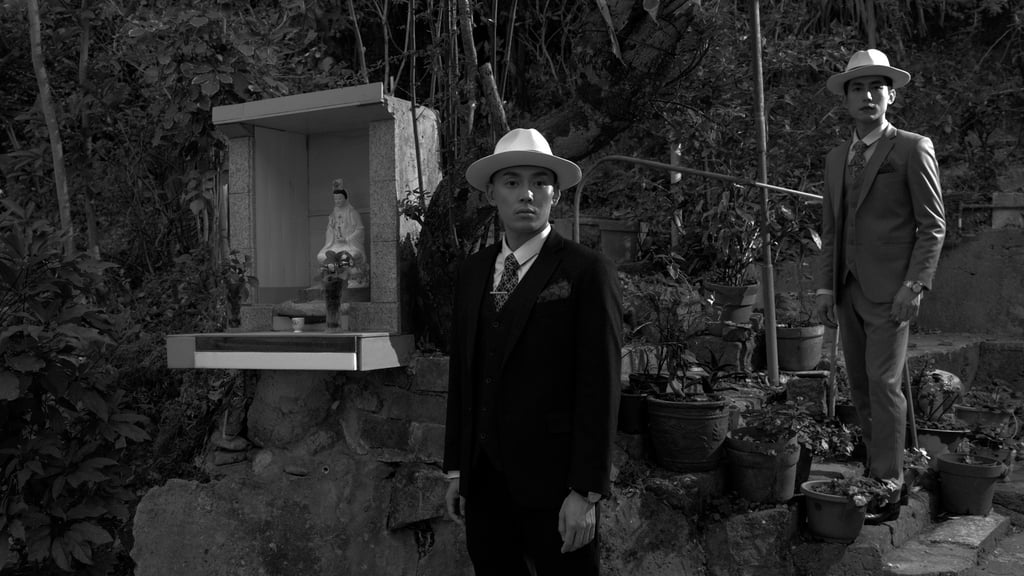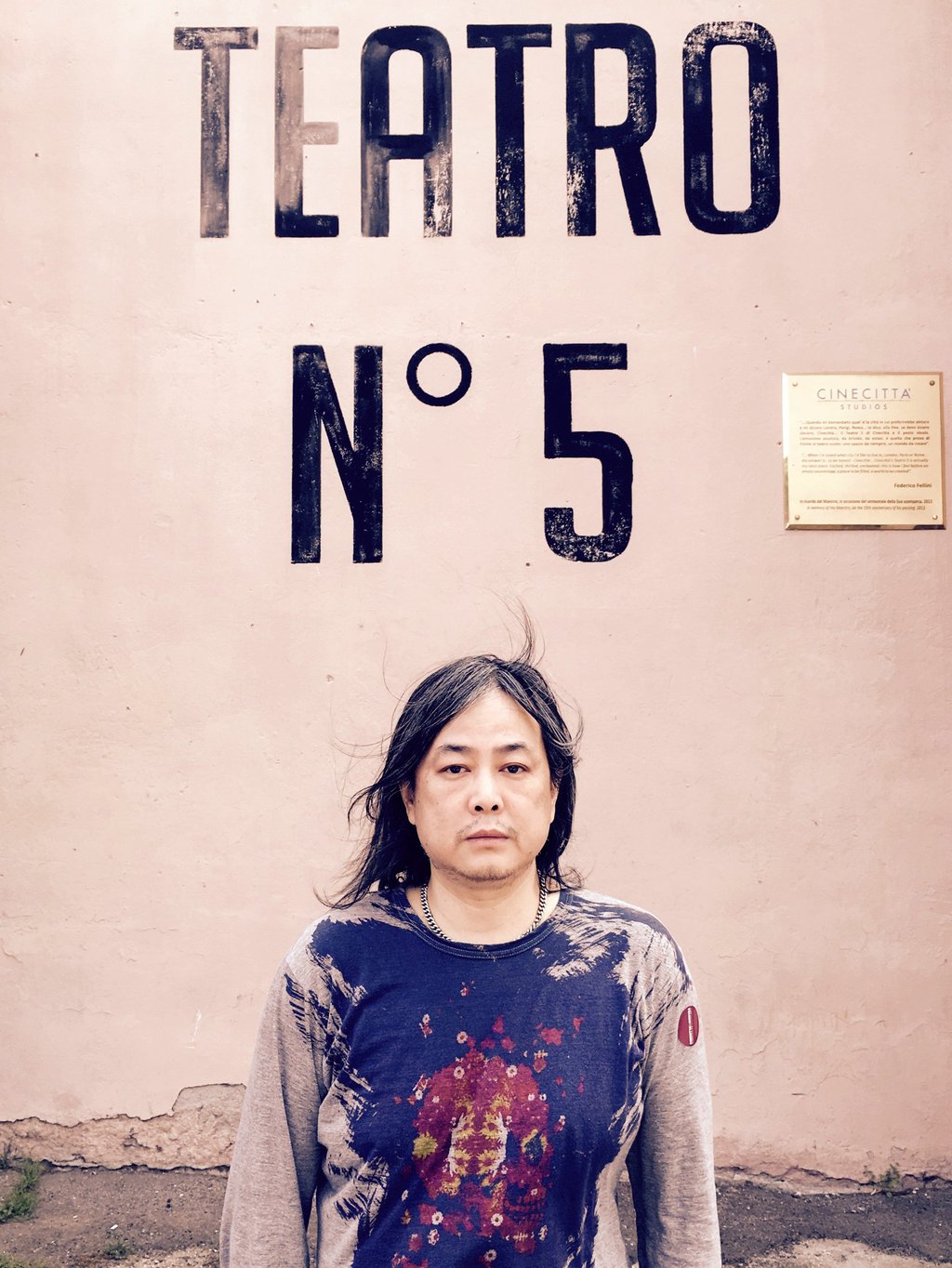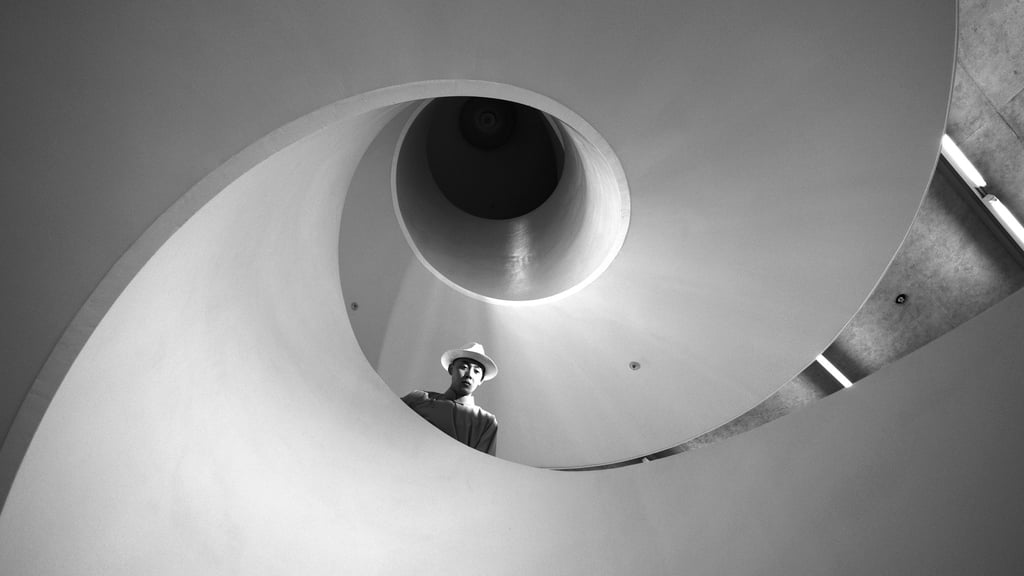What goes into Hong Kong’s landmark M+ Facade: from the tech allowing Pipilotti Rist to create images in real time, to Yang Fudong’s ‘architectural film’ for this year’s Art Basel

- Visible from kilometres away, M+ museum’s massive LED screen has been beaming films out across Victoria Harbour since 2021 – the latest offering is Sparrow on the Sea, a black and white work by Chinese artist Yang Fudong
- Last year’s Art Week offering saw Swiss artist Pipilotti Rist working in real time, while Ellen Pau’s 2022 film was created with light interference from the M+ building and the wider city in mind
One of the most striking additions to the Hong Kong skyline, the M+ Facade measures a whopping 110 metres across, and is optimised to be visible from various angles and distances and under various lighting conditions. This means the screen is pretty hard to miss from virtually any point on the northern shoreline of Hong Kong Island, and even from many parts of Kowloon. These were among the reasons it was named best animated media architecture project at last year’s Media Architecture Awards – which recognise “the world’s best projects at the intersection of architecture, urban design and planning, media and interaction design, and urban media art”.

“Yang Fudong is renowned for his enigmatic visuals and dynamic explorations of space and time in film,” said M+ curator of moving image, Ulanda Blair. “When we approached him to make a site-specific moving image work for the M+ Facade, he was immediately inspired by the physicality of the building and its highly public urban context.

“He set out to create an ‘architectural film’ that interacts with the environment of the facade, while still embodying the distinctive visual language for which he is known.”
One thing is missing though: despite being commissioned for the space, Yang’s original work includes a soundtrack – one that was only heard at a handful of cinema screenings, last month. Otherwise, “The city’s ambient sounds become the soundtrack of the work,” said the artist.
